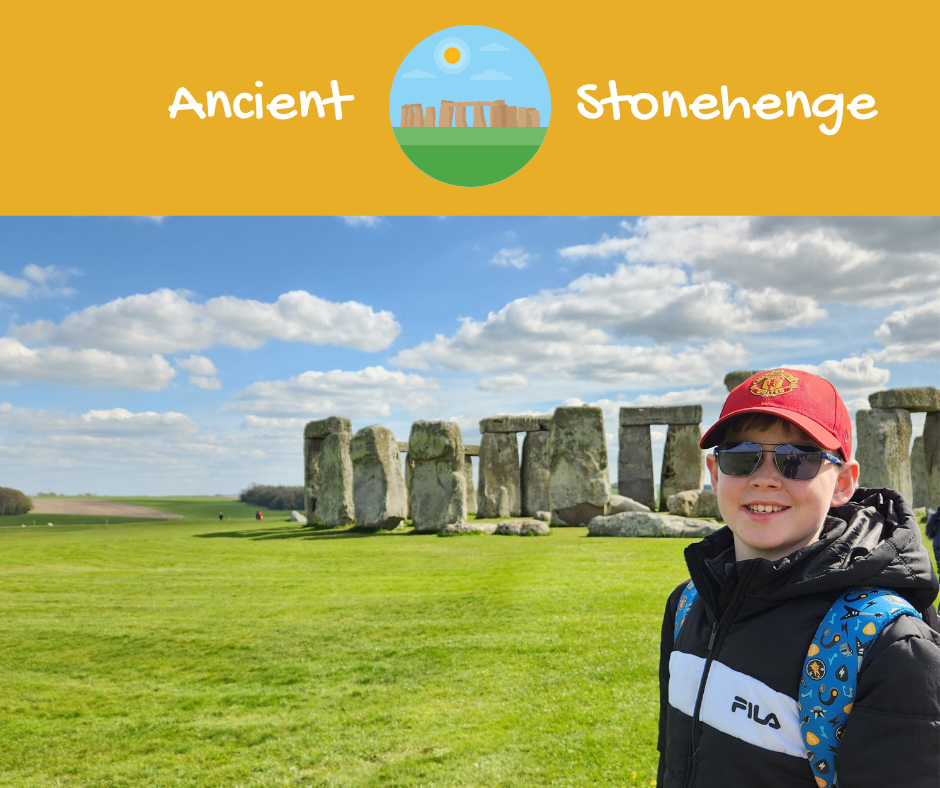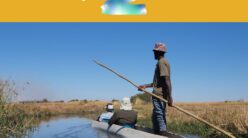We travelled to Stonehenge with our 11-year-old Kidsetter. It was beyond cute as we were approaching Stonehenge on the road, our Kidsetter exclaimed ‘There is Stonehenge ! I can see Stonehenge !”
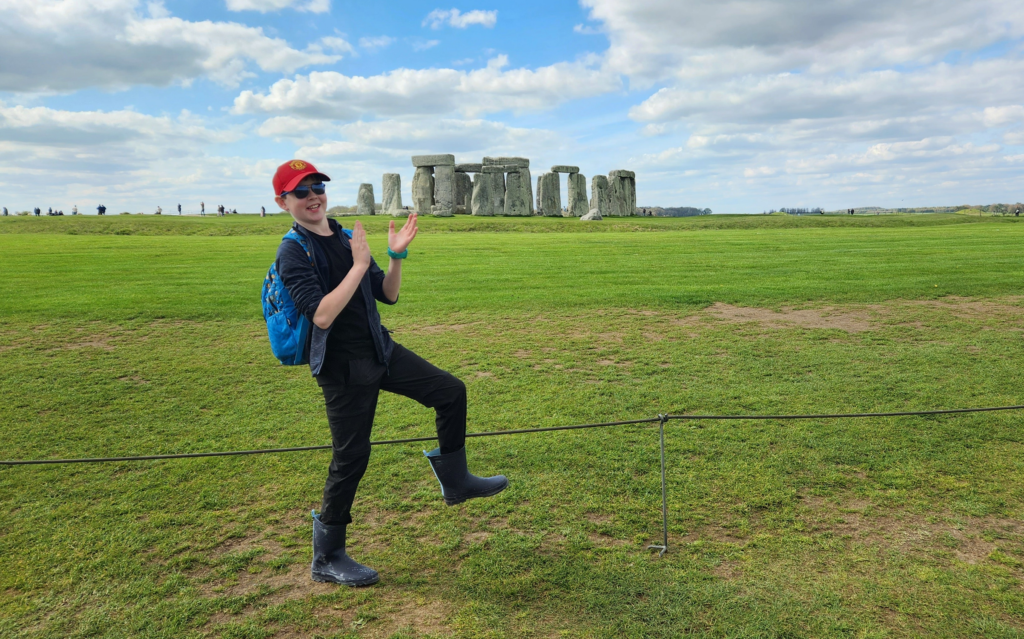
Stonehenge is a prehistoric temple. The stones are aligned with the movements of the sun.

Stonehenge has certainly improved for visitors since the last time I was here. The museum prior to seeing the actual Stonehenge is very informative. Our Kidsetter loved learning about how Stonehenge was built 3000 BC.


The cremated remains of about 150 people within the enclosure in the late Neolithic period. Burials from this period are very rare – only a few other cremation cemeteries are known in Britain.

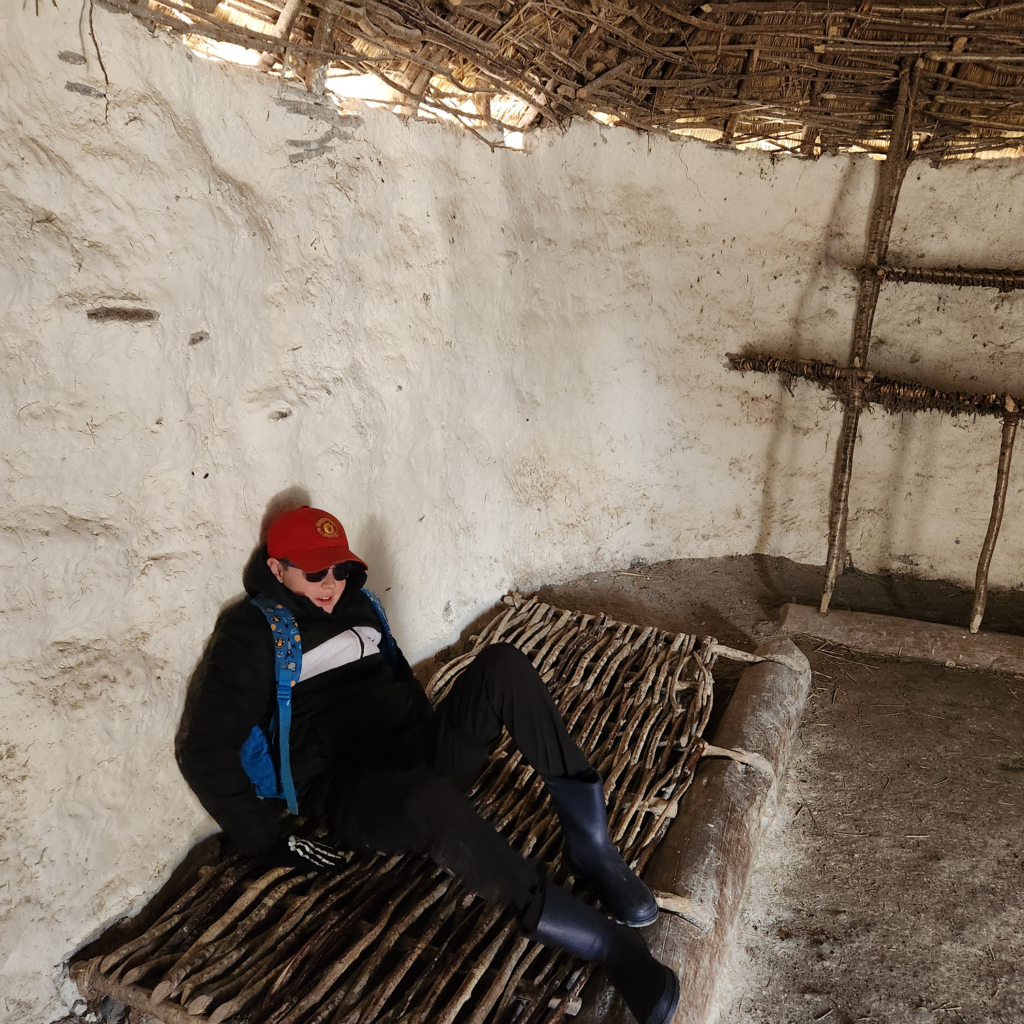
Our Kidsetter enjoyed pretending he was of the Neolithic period sleeping in their huts.
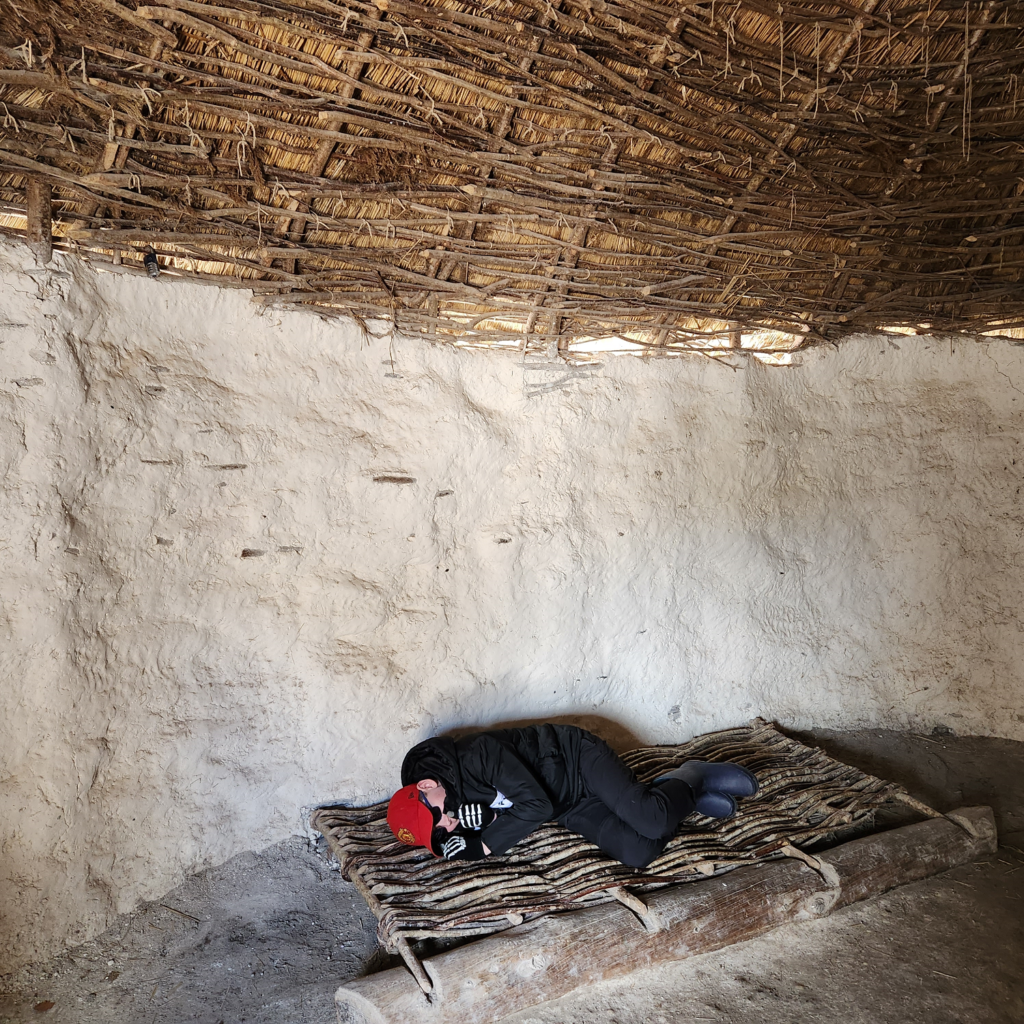
Once the stone monument was built it seems to have kept separate from everyday life. Few objects have been found here, and none to suggest how it was used. Only the arrangement of the stones can help determine their use.
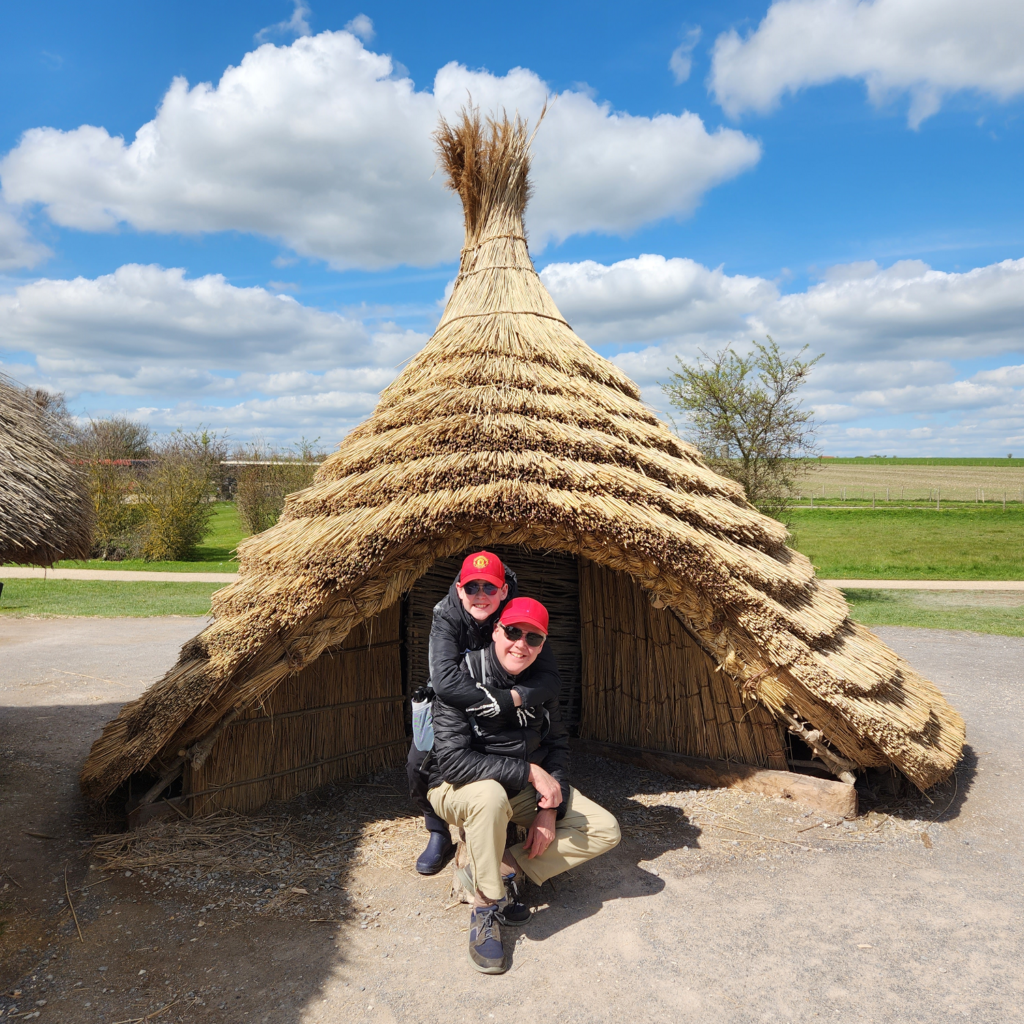
The stones were aligned with the rising and setting of the sun at the midsummer and midwinter solstices, suggesting that people gathered for ceremonies at these times of year.

Our Kidsetter tried his hand at moving an exact replica of stone 60, one of the upright sarsens of the inner horseshoe. The original stone weighs about 28 tonnes.
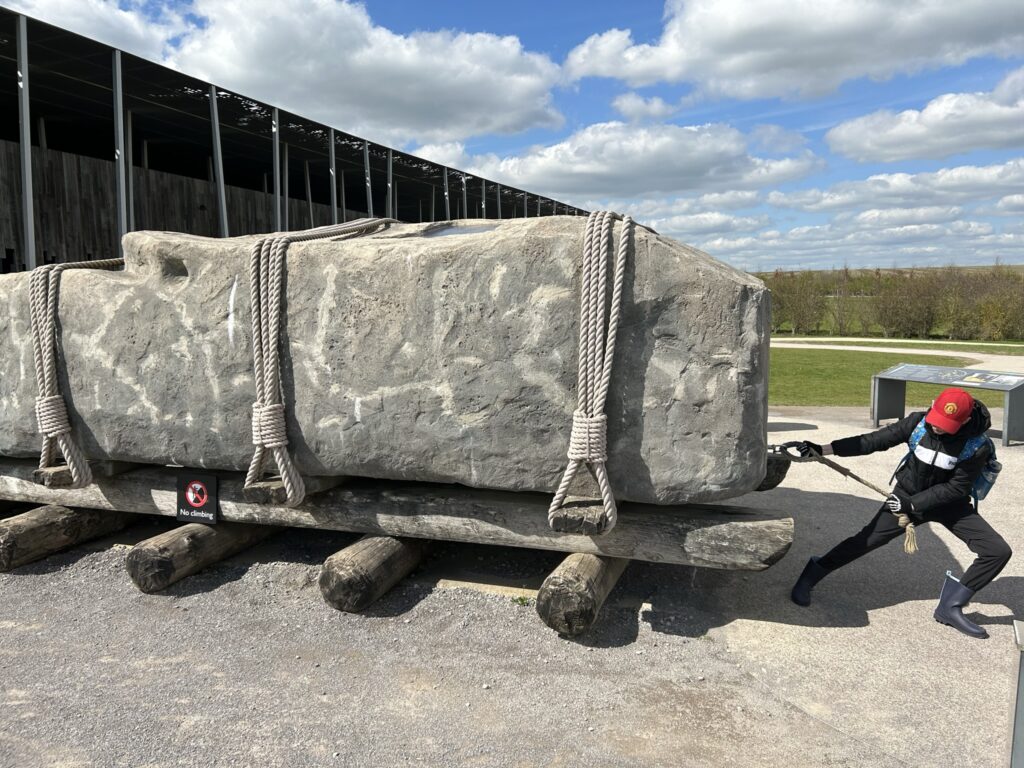
The two types of stone to build Stonehenge are sarsen and bluestone with are natural boulders.
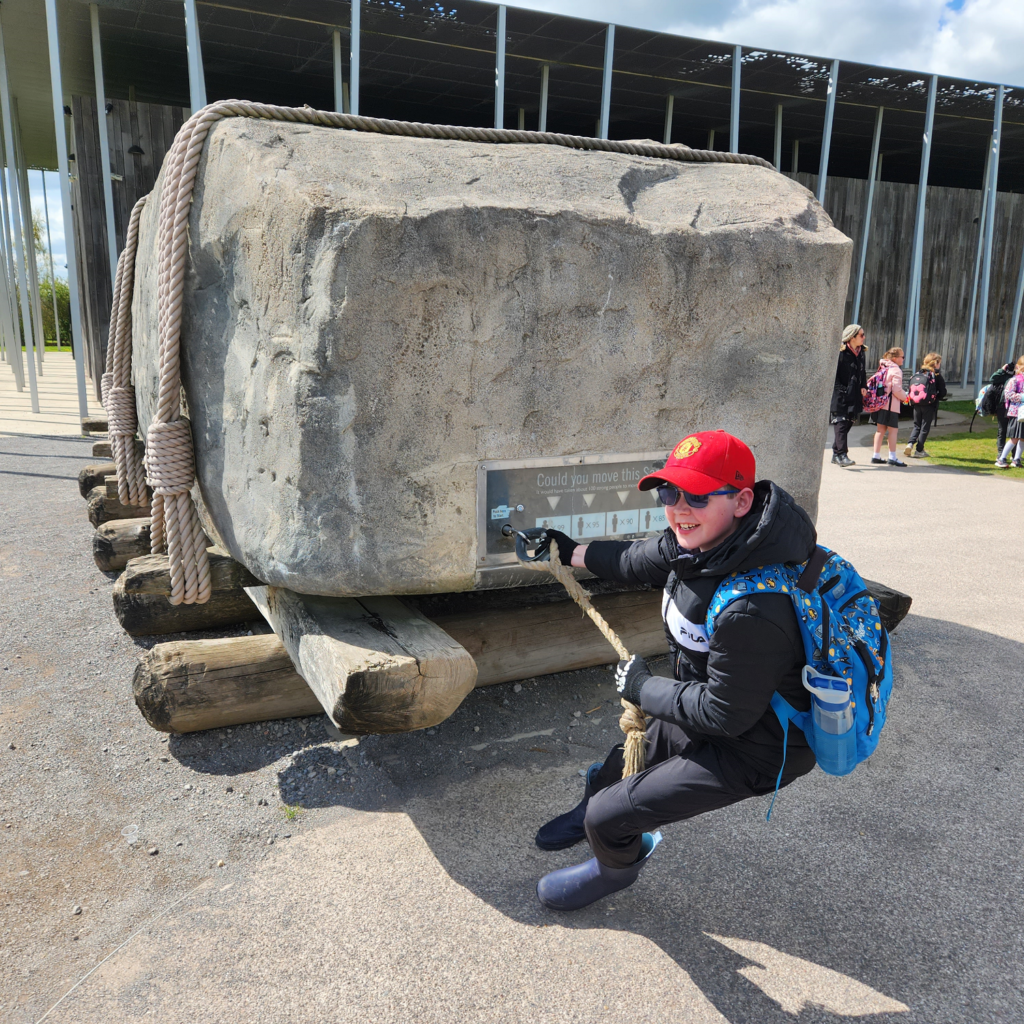
The larger stones at the monument are sarsen, a very hard type of sandstone. It was formed about 26 million years ago from a solidified layer of sand in a prehistoric sea.
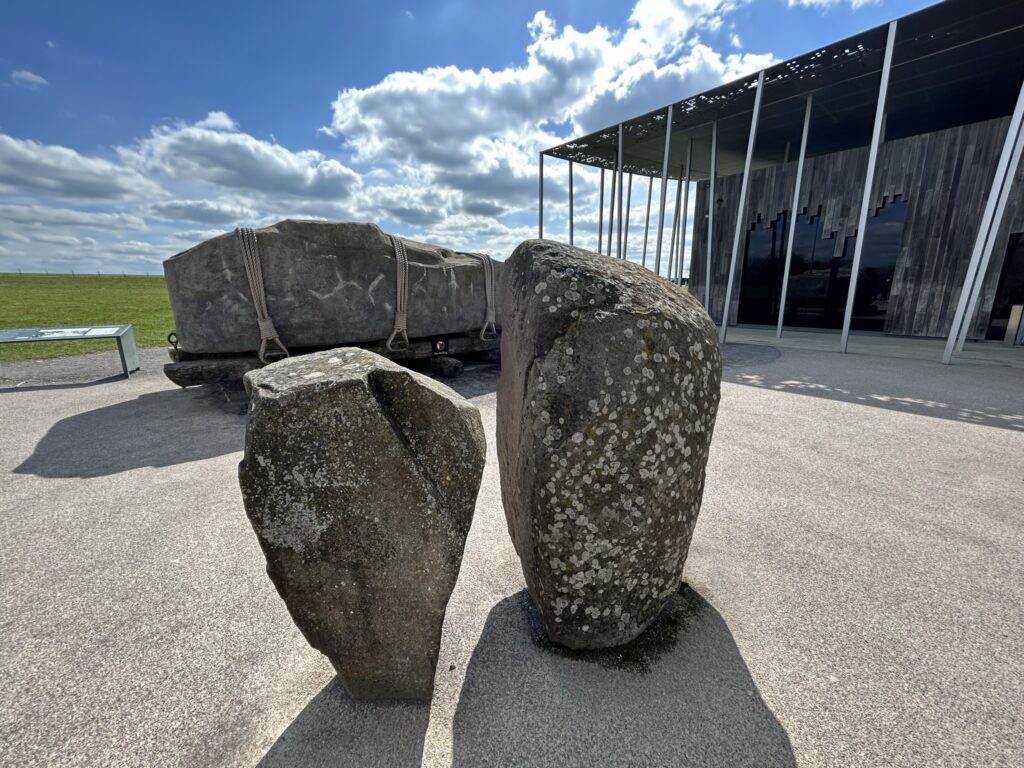
Natural sarsens are found across southern England. The exact place of origin of the sarsens at Stonehenge is unknown, however it is likely that they were brought from the nearest source – the Marlborough Downs, 20 miles away.
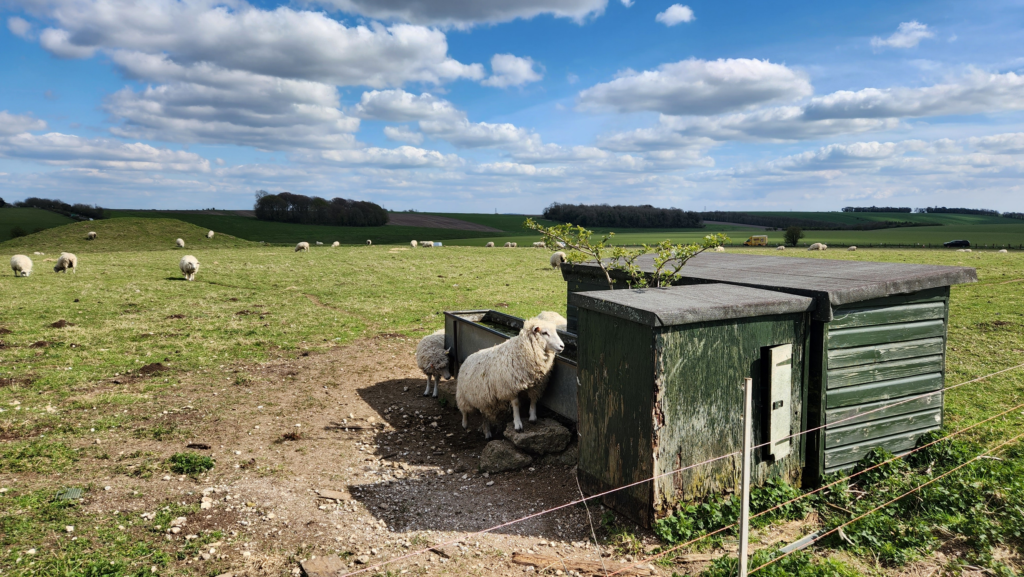
The smaller stones at Stonehenge are called ‘Bluestones’. They are a variety of different volcanic rocks, including dolerites and rhyolites.
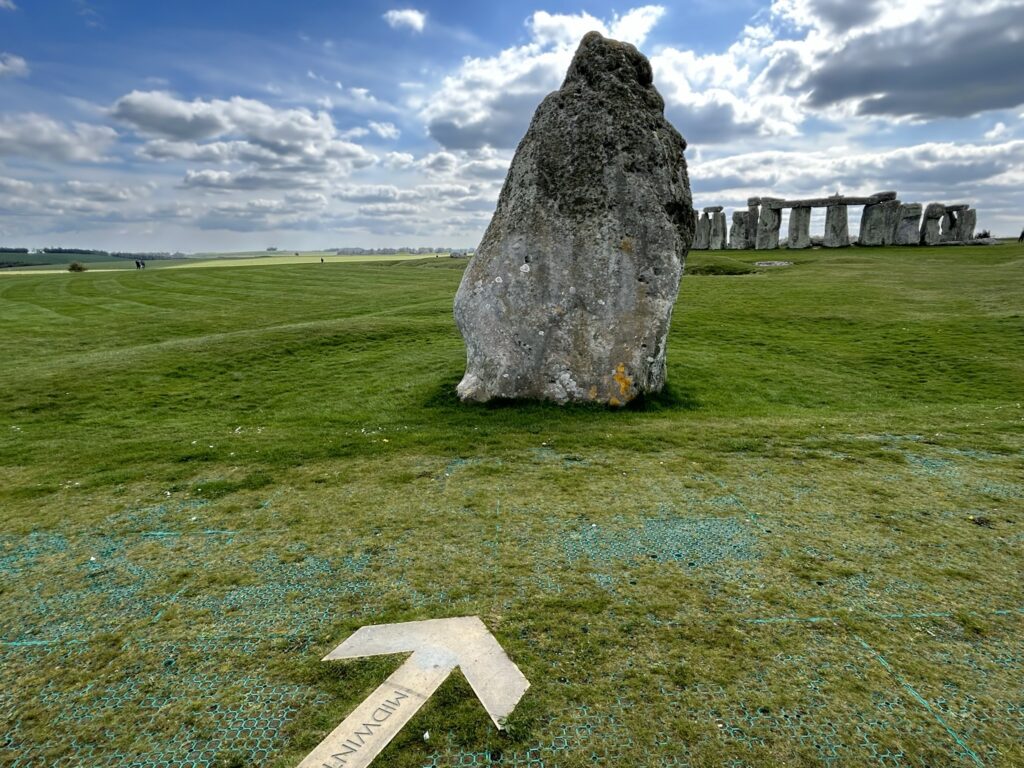
Today, the bluestones appear grey, but when freshly cut or wet some do have a dark blue colour. They all come from the Preseli Hills in west Wales. Chemical analysis has identified the exact outcrops that the different types of stone came from.
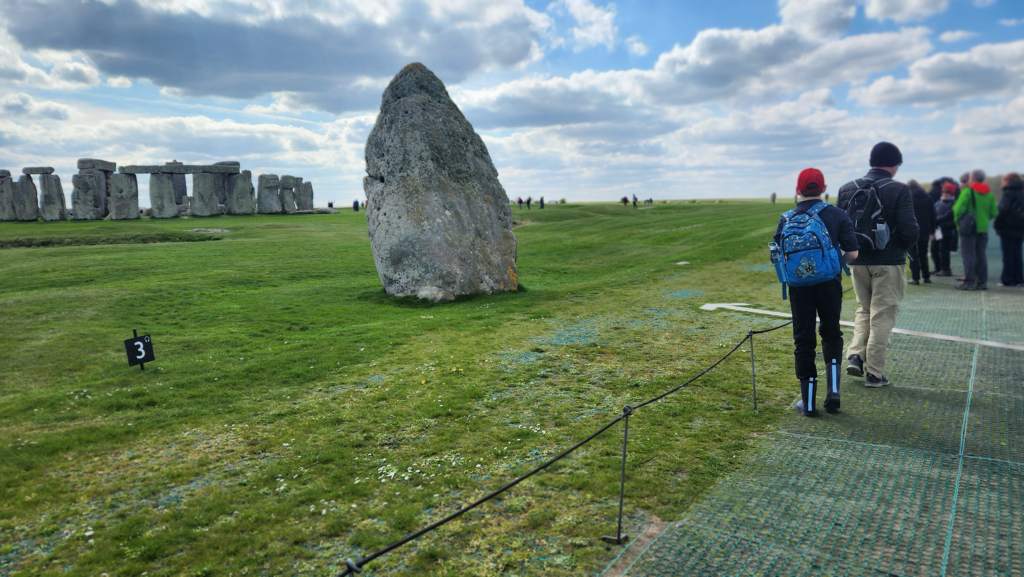
The reason as to why the bluestones were chosen is unknown. Perhaps the Preseli Hills had a special meaning for the people who built Stonehenge, or possibly they thought the stones had magical properties.

The stone was moved by securing it to a wooden sledge, which could then be pulled over rollers or along rails. The ropes were probably made from lime ‘bast’ (spun, twisted together to form strong cords).
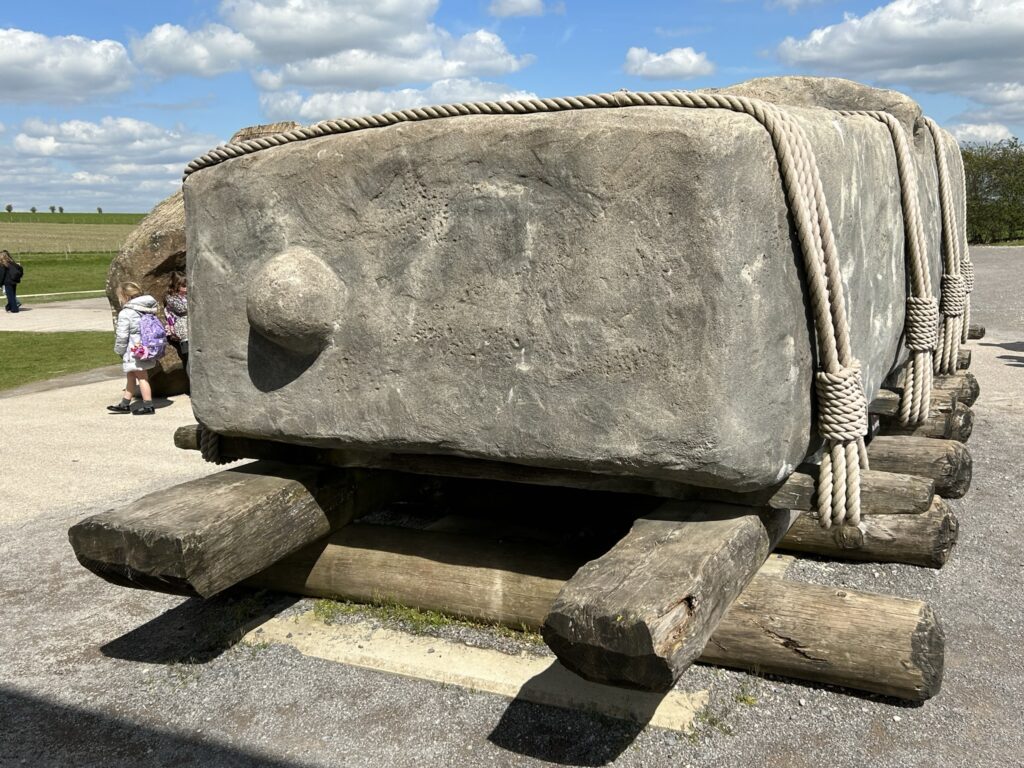
As we wandered Stonehenge in amazement our Kidsetter couldn’t resist trying to out run the sheep !


